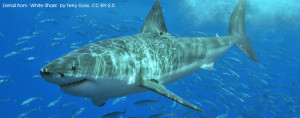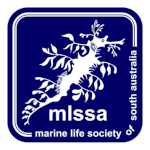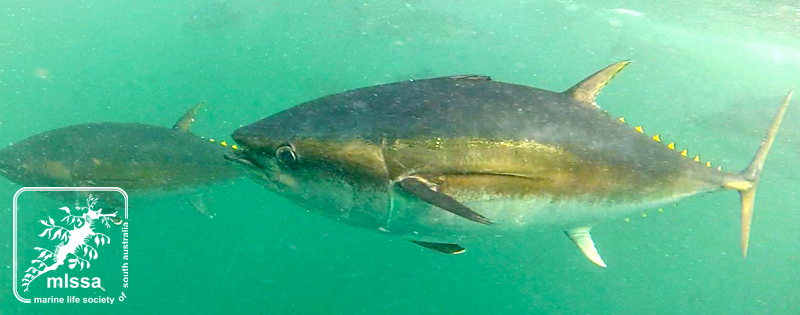DISCLAIMER: The views expressed below are the personal views of the author.
To PIRSA Aquaculture,
Please find attached my submission in response to Oceanic Victor‘s pilot lease application to establish a sea cage aquaculture tourism operation near Granite Island in Encounter Bay, South Australia. I am linking a number of additional files to support the presence of protected species in the vicinity of the project site.
PUBLIC SKEPTICISM
Members of the public have expressed concern that given the common business interests of Oceanic Victor’s directors and Tony’s Tuna International, plans may be in place to expand commercial southern bluefin tuna ranching operations in the Encounter Bay area. It would be appropriate for Oceanic Victor to provide a statement confirming or denying their directors’ interests in future commercial sea-cage aquaculture expansion in the region.
NUTRIENT POLLUTION
Given that this is primarily a tourism venture, the exemption which allows aquaculture activities to avoid mandatory reporting requirements to the National Pollution Inventory may not hold. Oceanic Victor’s proponents should demonstrate that their feeding and stocking regime will not exceed the 10 tonnes per annum threshold for ammonia discharged to water (from feed and fish
excrement).
OCEANOGRAPHIC MODELLING
In association with nutrient pollution, flushing time and current speeds in Encounter Bay are a concern. Has a hydrodynamic model been produced which demonstrates that adequate flushing will occur at the chosen site? This is particularly pertinent for an operation which intends to stock fish all year round, unlike the seasonal containment of Southern bluefin Tuna at commercial ranching operations (which hold fish for three to seven months only).
THREATENED SPECIES INTERACTIONS
In my opinion, Oceanic Victor should refer their proposal to the EPBC Act so that the need for Federal environmental approval may be considered. This is pertinent due to the known occurrence of numerous protected and threatened species in the Encounter Bay area. The primary attraction, the Southern bluefin tuna is itself a species of conservation concern, listed as Critically Endangered on the IUCN Red List of threatened species.
1. Southern right whales (Endangered)
Encounter Bay is utilised by migrating Southern Right Whale cows and calves on a seasonal basis. Given the animal’s preference for shallow, sandy bays and sheltered waters, and the species well documented occurrence near Granite Island (see SA Whale Centre’s sighting log for details) opportunities exist for whale entanglement with Oceanic Victors pontoons, moorings and netting. The proponent should be required to demonstrate how they will minimise opportunities for entanglement, and how they will
respond in the event of an entanglement.
2. White-bellied sea eagles (Endangered in SA)
White-bellied sea eagles are listed as Endangered in South Australia. Given the animals’ total South Australian population is estimated at 70 breeding pairs, and that a nesting site is known on the Waitpinga Cliffs, Oceanic Victor should demonstrate its preparedness and plan for any potential interactions with the species. Entanglement is possible, should a WBSE decide to prey upon fish contained within the pontoon structure.
3. Great white sharks (Vulnerable)
It is known that Great white sharks are attracted to dead fish which settle in the bottom of tuna pens. How will this potential attractant be managed by Oceanic Victor? Great white sharks have previously
bitten netting at sea-cage aquaculture facilities, become entangled and died. Others have penetrated the netting and entered the sea cages. Oceanic Victor should demonstrate their preparedness and
plan for responding to any such interactions.

4. Australian sea lions (Endangered)
In the past Australian sea lions have visited Encounter Bay, and allegedly damaged the nets of fishermen (see Times article from 1984). How will the proponents minimise opportunities
for interactions with this species and respond in the event of an entanglement?
KEEPING OF OTHER (NON-SBT) MARINE SPECIES
The proponent should disclose its method of capturing or otherwise obtaining marine species for display in the exhibit. This should include demonstrating that consideration has been given to the suitability of habitat within the displays for captive species.
For example, it would be inappropriate for species which live beneath ledges or on sandy bottom to be displayed in a ‘touch tank’ or within a netted environment where the seafloor is not accessible to them. Similarly, it would be inappropriate for herbivorous fish species to be kept on display as their nutritional needs may not be met.
Oceanic Victor’s feeding regime for non-SBT species should be disclosed, an inventory of captive animals maintained along with a log of all species’ mortality. These will serve the benefit of
demonstrating improving survival and keeping practise over time.
EDUCATIONAL COMPONENT
Given that the proponent has promoted the educational potential of the planned attraction, it would be pertinent to see its operators present description of what the educational outcomes of visitation are intended to be, and how these will be achieved. This should include publicising the conservation listing of any species of conservation concern held within the exibit, or resident or migratory visitors to the Encounter Bay area. It would be appropriate for Oceanic Victor to work with the SA Whale Centre, the SA Museum and not-for-profit organisations such as the Marine Life Society of
South Australia in the preparation of high quality educational materials and information.
Yours sincerely,
Dan Monceaux


This is NOT a MLSSA article/submission.It is one member’s submission as an individual completely separate from MLSSA Committee guidelines/rushed through without adequate cmtee member input, and probably at odds with MLSSA’s Constitution, and should be read in that context ONLY!
David is correct in that the submission is Dan’s own personal one, NOT MLSSA’s. Dan merely sought permission to post his submission on our website for viewing by interested persons.
Thanks Dan for your insight,
DAC South Australia Exposed